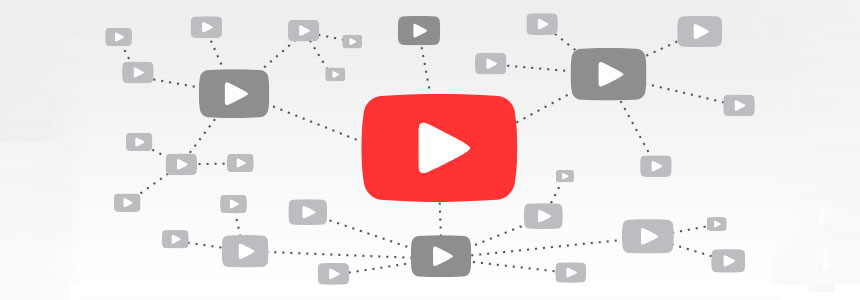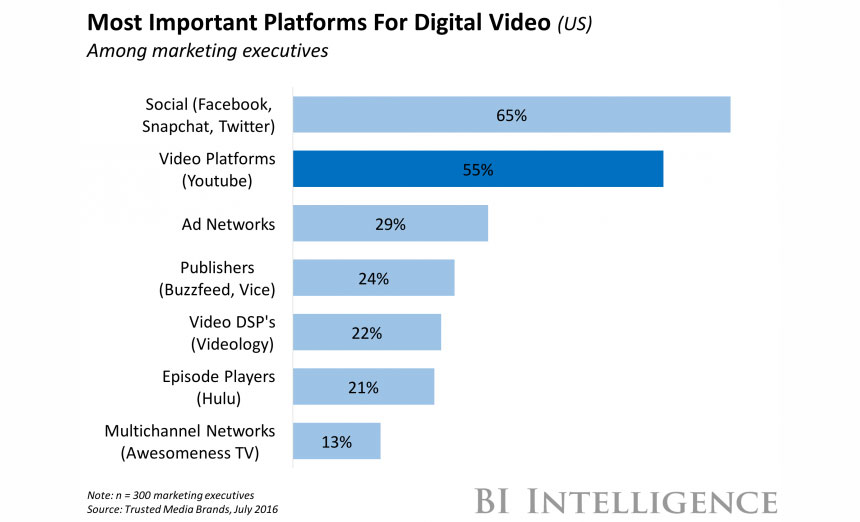YouTube is embracing the social scene
YouTube has confirmed the launch of YouTube Community – a social networking feature that gives video creators new and expanded ways to engage with their subscribers.
YouTube has confirmed the launch of YouTube Community – a social networking feature that gives video creators new and expanded ways to engage with their subscribers.
The new feature appeals to video creators, who now have more ways to engage with their fans. This will encourage the creation and consumption of videos on its platform, and shore up YouTube’s position against rival social apps that are becoming increasingly video-centric.

The Community feature is available in a new tab on video creators’ channels, alongside Videos, Playlists, and other tabs. The Community tab is essentially a wall, where video creators can create posts in text, GIFs, images and more, while viewers can engage with these posts by commenting, upvoting and downvoting. Viewers will see posts in their "Subscriptions feeds" in the YouTube mobile app, and can opt in to receiving push notifications from video creators. This new feature plays into YouTube's strategy by:
- Making its platform more hospitable to its star creators. YouTube's stars are essential to the company's continued success, as evidenced by the company's subscription-video offering, YouTube Red, which leans heavily on its crop of homegrown stars. Facilitating interactions and connections between fans and creators will go some way towards making itself more attractive to these stars. The company is also building out dedicated studio space around the world – in Los Angeles, New York, London, Tokyo, Sao Paulo and Berlin – where it provides training and production support to creators. As of March 2015, 10,000 videos generating over one billion views and 70-plus million hours of watch time had been created in YouTube Spaces.
- Solidifying YouTube’s place as the main destination for TV ad budgets. YouTube faces increasing competition from social platforms like Facebook, Twitter and Snapchat over siphoning TV budgets. Each of these platforms has been upping its game to attract creators to their platform, and in turn drive ad revenue. Facebook is paying creators to post on its platform, Twitter is sweetening the deal for creators as well, and Snapchat is the new hot product that everyone wants to touch. That said, YouTube claims to reaches more 18-34 and 18-49 year olds both on desktop and mobile than any cable network in the U.S.
- Reducing the influence of rival social apps as communication channels. Enhancing the ability to interact with fans on YouTube reduces the need for creators and viewers to turn to other social platforms, like Facebook and Twitter. The possibility of sending push notifications to fans is particularly important to maintain connections with fans and increase views on their videos. This should deter creators from turning to the above-mentioned social platforms to post videos and engage with fans. YouTube was the third most popular app in June 2016, with nearly 120 million unique visitors, behind Facebook and Facebook Messenger, with nearly 150 million and 130 million visitors, respectively, and ahead of Twitter in 17th place, with around 47 million visitors, according to ComScore's 2016 US Mobile App Report.

- Protecting YouTube’s turf against increasingly video-centric social apps. Facebook is testing a dedicated video tab and subscription-based video channels in its Android app, which are said to be near identical to YouTube's user experience. Twitter's push into TV is has been documented. And Snapchat is essentially video-first. Social apps nowadays are also video apps, so YouTube needs to protect itself by making its video app more social. At the same time, the real estate created by YouTube's Community tab opens the door for YouTube to compete more over social ad budgets in the future too.
YouTube has been testing Community for several months with a subset of creators, and the feature has now launched in public beta with a wider group of early testers. The roll-out will continue to ramp up in the months ahead.
Thanks to Business Insider